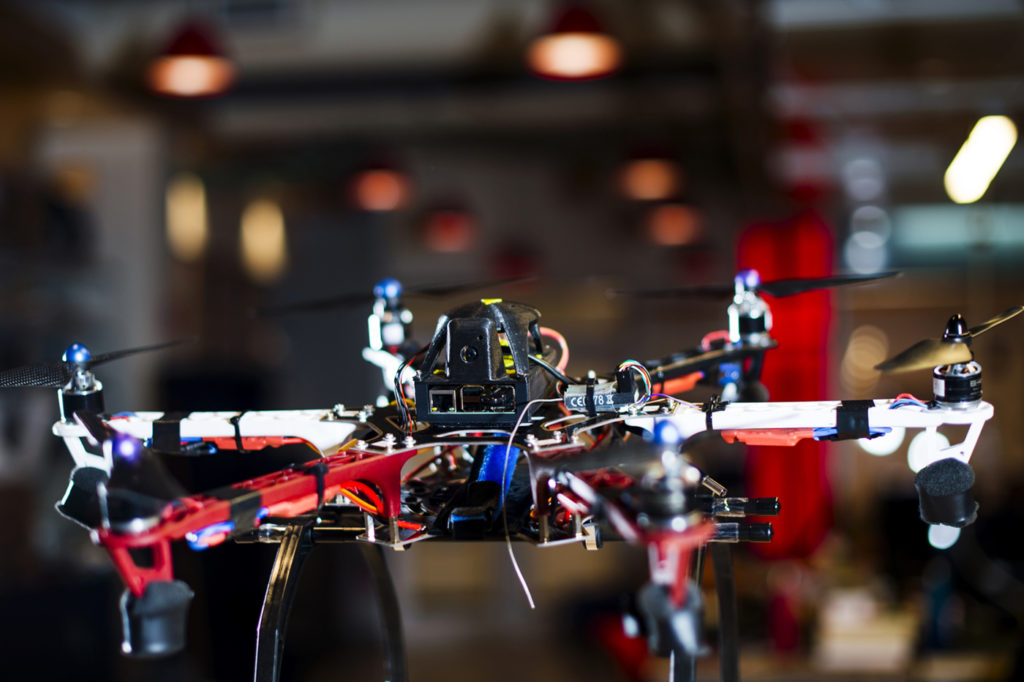
Drones for Disasters
Drones for Disasters
Cities and towns all across the globe are reeling from a spate of hurricanes, earthquakes, and typhoons. Human safety is the most immediate concern. But damage assessment is important too.
Quickly following a natural disaster, it’s critical to evaluate the health and strength of a city’s infrastructure. Failure to do so can have catastrophic consequences. For example, it wasn’t the earthquake in Fukushima, Japan, that inflicted most of the devastating destruction. And it wasn’t the tsunami that followed.
“The greatest damage occurred when reactors blew up because of the hydrogen explosions,” said Taskin Padir, associate professor of electrical and computer engineering at Northeastern.
Affiliated Faculty: Taskin Padir in partnership with Jerome Hajjar (Civil + Environmental Engineering, Marine + Environmental Sciences).
